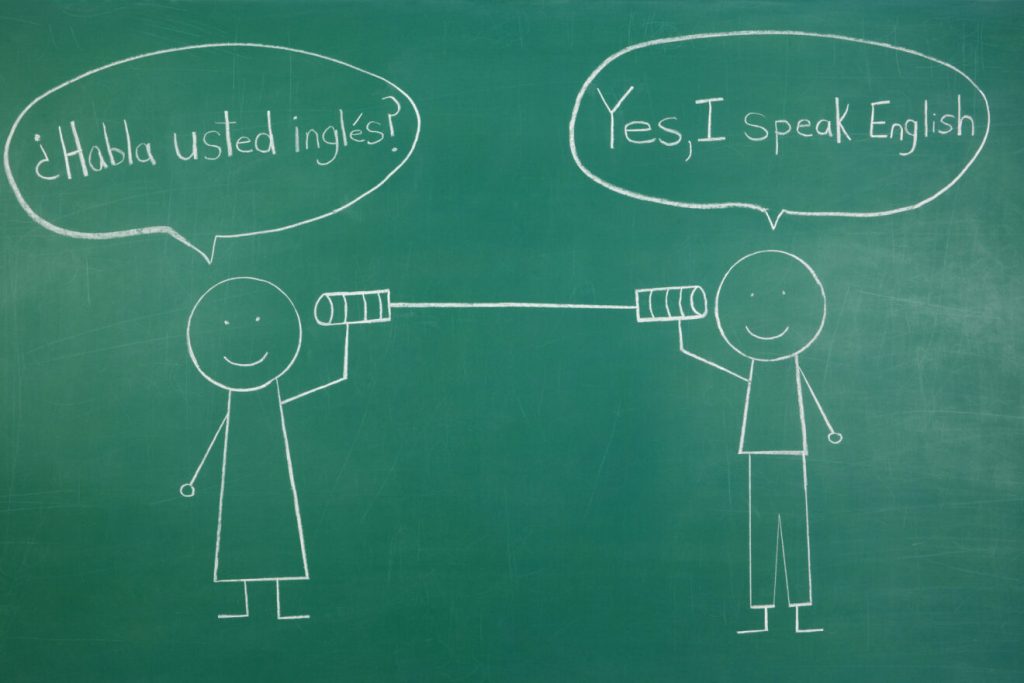Spain has long been known for its rich culture, history, and beautiful landscapes. However, in the past few decades, the country has also focused on strengthening its education system, particularly in language learning. As globalization continues to shape the workforce and travel becomes more accessible, English proficiency has become a priority. To address this, the Spanish government has implemented various programs aimed at improving English education throughout the country.
The Bilingual Education Program (PEB)
One of the most prominent initiatives is the Bilingual Education Program (Programa de Educación Bilingüe – PEB), launched in collaboration with regional governments. This program integrates English into the curriculum of public schools, allowing students to learn subjects like science, history, and even physical education in English. The goal is to improve fluency and comprehension by immersing students in the language from an early age.
To support this program, Spain has partnered with organizations such as the British Council, providing teacher training and resources to enhance classroom instruction. Schools that participate in PEB receive additional funding and support to ensure effective implementation.

Language Assistants Program (Auxiliares de Conversación)
Another key component of Spain’s efforts to boost English proficiency is the Language Assistants Program, which brings native English speakers from around the world to assist in public and semi-private schools. These assistants work alongside local teachers to provide students with authentic conversational practice and exposure to native pronunciation and cultural insights.
Each year, thousands of English-speaking assistants from countries like the United States, Canada, the UK, and Australia join Spanish classrooms. Their presence significantly enhances language acquisition and makes learning English more engaging for students.
Teacher Training and Professional Development
Recognizing that effective language learning starts with skilled educators, the Spanish government has also invested in teacher training programs. Many Spanish teachers participate in professional development courses, both domestically and abroad, to improve their English proficiency and teaching methodologies. Scholarships and exchange programs allow teachers to experience immersive English-language environments, further enhancing their ability to teach the language.
Challenges and Future Outlook
While these initiatives have been largely successful, challenges remain. In some regions, a lack of qualified bilingual teachers and resources has slowed the program’s expansion. Additionally, there is ongoing debate about the effectiveness of teaching non-language subjects in English, particularly for students who struggle with the language.
Despite these hurdles, Spain continues to make progress in its goal of becoming a more bilingual nation. With continued investment, adaptation, and support, the government’s efforts to enhance English education will likely yield long-term benefits for students and the country as a whole.
As Spain strengthens its position in the global economy, its commitment to bilingualism ensures that future generations will be better equipped to communicate, work, and thrive in an increasingly interconnected world.

